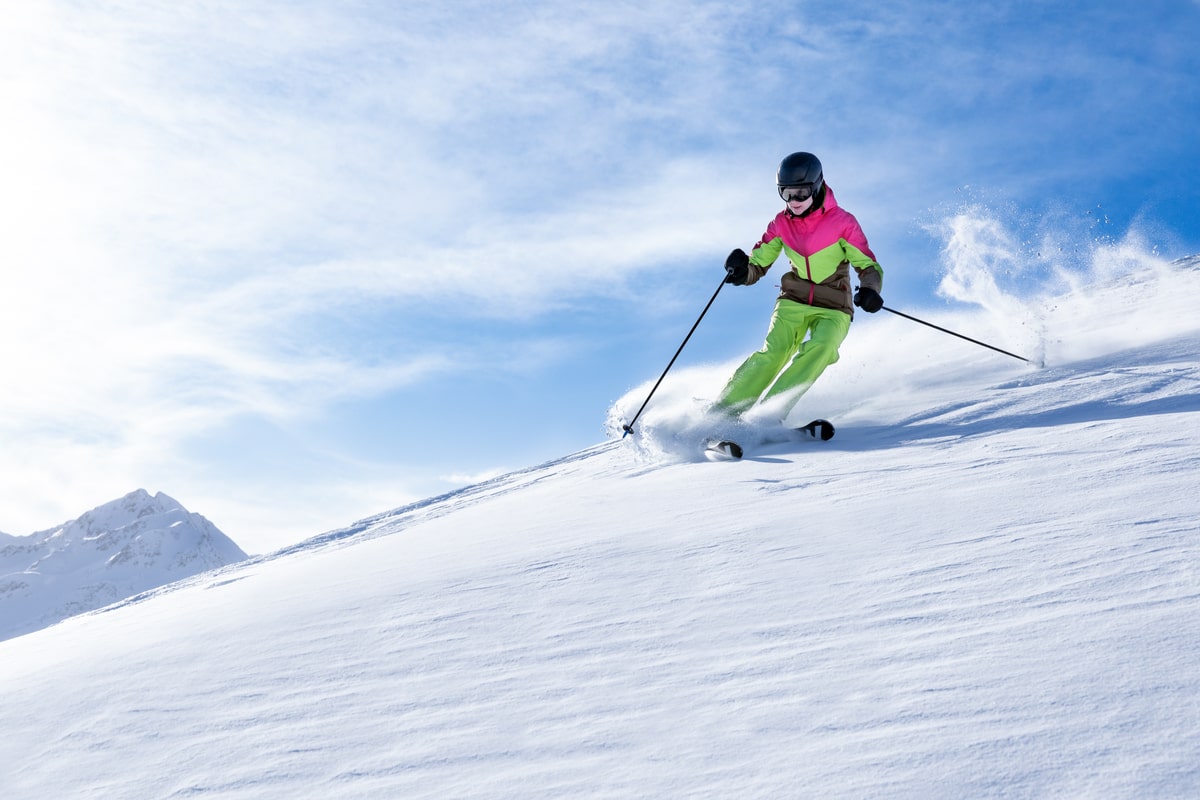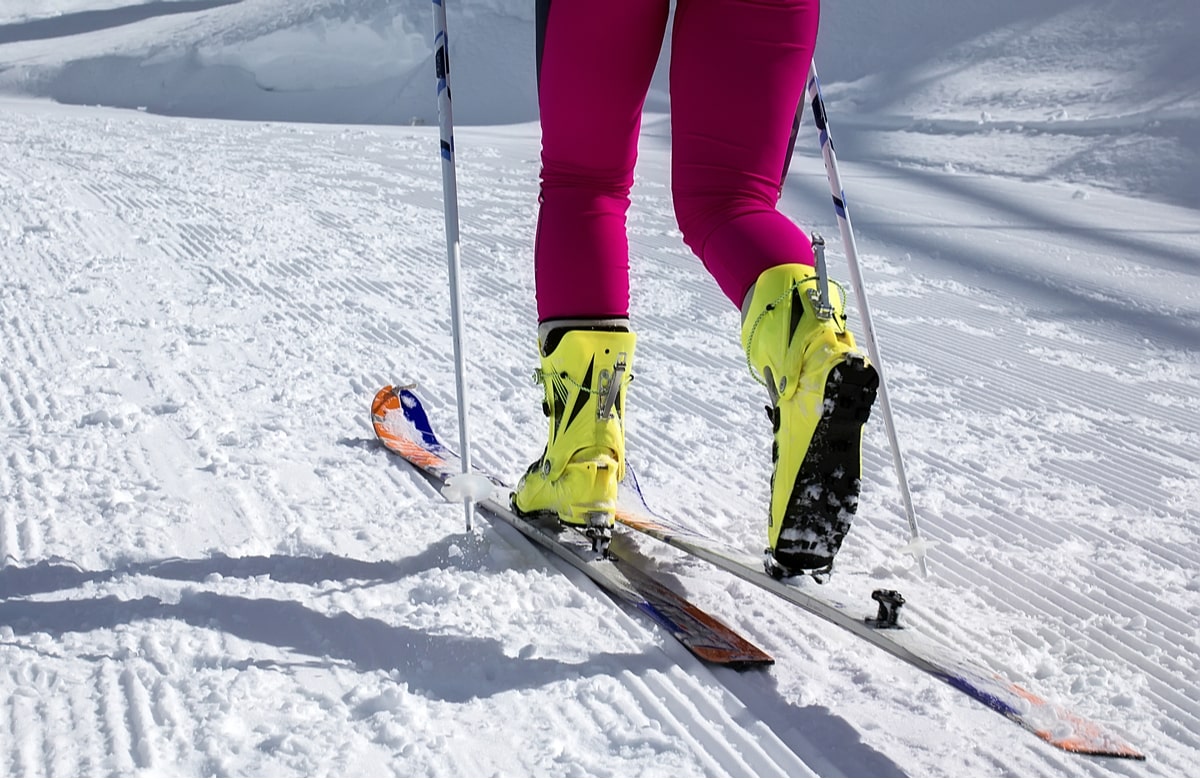
As ski seasons draw closer it’s time to dust off those skis, clean up your boots, and try that kit on to make sure it fits, but are you physically ready for it? With ski seasons just on the horizon, there is plenty to be excited about, but as we all know, during the first few days of the season you are likely to be tormented by sore muscles that you forgot you had! Preparing your body for a ski season can work wonders when you finally hit the slopes and will have you in top form from the very start.
Sadly, some of us have been unable to get our skis on for over a year due to the COVID pandemic, but with resorts beginning to open up, we are confident this is going to be a season to remember. Any skier will agree that skiing can be a highly strenuous activity that uses muscles that aren’t generally activated during normal day-to-day life. This is why correctly preparing your body is important to help reduce any soreness or injury when you eventually get to the slopes.
The AlpLifestyle Ski-Fitness Guide
We have gathered some of the best exercises you can do at home to help you prepare for a ski season full of smiles, fun, and adventure. These exercises have been chosen specifically as they help replicate the stresses your body will experience when you’re on the slopes. We would recommend trying to complete these exercises at least a few times a week, starting four weeks before your skiing holiday – but these exercises can also benefit your normal daily life by improving flexibility, endurance, and strength.Cardio Endurance
Skiing often involves long periods of medium to high-intensity exertion. One of the most important areas to focus on is your cardiovascular system. Improving cardio levels through activities such as jogging, skipping, or cycling will allow your body to get used to the stresses it will experience while skiing. Better cardio levels will result in less fatigue, higher energy level, and less chance of injury due to better concentration levels, even after being on the slopes all day. Skiing is a combination of muscular and cardiovascular strength, so functional exercises such as burpees are a great exercise to help improve areas of strength. You will begin to see improvements in both aerobic and anaerobic fitness levels.
Abdominal Exercises
Strengthening your core and abdominals can have a big impact on your skiing. Abdominal muscles play a big role when it comes to balance. Strengthening this area of your body will not only improve your balance and reaction times but will mean your muscle fatigue levels will be reduced. Exercises such as elbow-to-knee twists are great for strengthening obliques which will be used constantly when you’re leaning and steering your way down the slopes. The Plank is another great exercise to help improve your skiing fitness. This exercise focuses on increasing your abdominal endurance which will help you ski for longer without muscle exhaustion.Squats
Squats are a great exercise for increasing your overall leg strength. This will help you when skiing at higher speeds, making sharp turns, and when you are stopping. Squats will benefit those who take part in cross-country skiing by building strength in all of the leg muscles. Depending on the intensity of your skiing you can alternate the number of squats you do. A higher number of squats with a lighter weight will result in higher endurance at a lower intensity, whereas higher weight and fewer squats will be more suited to high-intensity skiing for shorter periods.Utkatasana (Chair Pose)
Utkatasana is yoga pose replicates the posture you adopt when you are skiing. It will help you get used to the body position and help reduce the fatigue you experience when you’re on the slopes. Getting your body use to this yoga pose can help reduce the risk of injury by stretching your muscles progressively and gently. Stand with your feet nearly together, bend your knees to an almost 90-degree angle (as if you are sat on a chair), and extend your arms out in front of you. This is a great exercise to do just before getting into your skis to help loosen up.